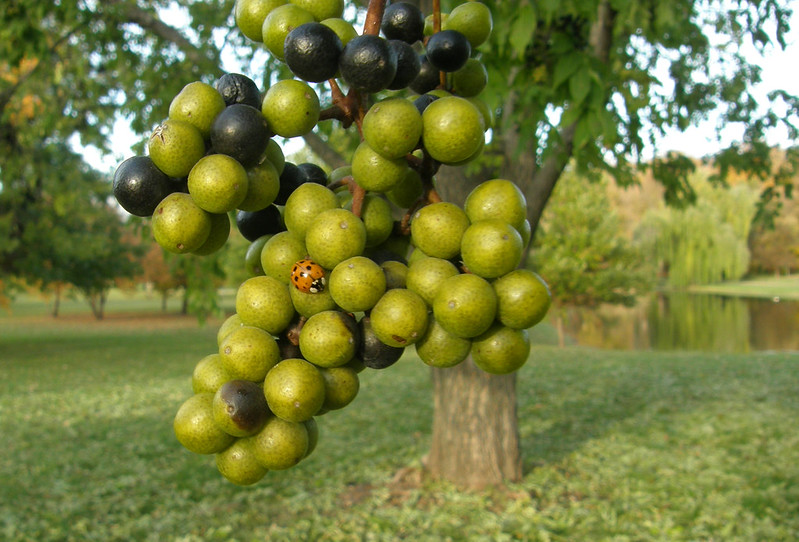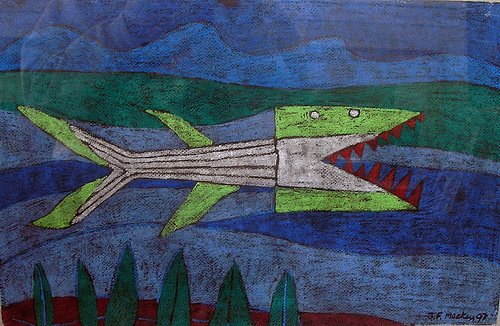Thorpe Park and an Asian Beetle
I posted a photo of what I thought was a remaining Lady Bug, perched on some berries on a tree in Thorpe Park. Within a few minutes I receivied responses informing me that this was the Asian Beetle, an unpleasant little pest that infests trees and houses. Yes, The Asian Beetle. So I looked up the rascal on a Kentucky Web Site:
"Large numbers of lady beetles (ladybugs) infesting homes and buildings in the United States were first reported in the early 1990s. Ladybugs normally are considered beneficial since they live outdoors and feed on plant pests.

Asian lady beetle adults - color variation
Asian lady beetles vary in color. Note the whitish area
with M-shaped marking behind the head.
One species of lady beetle, Harmonia axyridis, can be a nuisance however, when they fly to buildings in search of overwintering sites and end up indoors. Once inside they crawl about on windows, walls, attics, etc., often emitting a noxious odor and yellowish staining fluid before dying.
In many areas of the U.S., these autumn invasions are such a nuisance that they affect quality of life.
WHERE DID THEY COME FROM?
The Asian Lady Beetle, Harmonia axyridis (Pallas), is relatively new to this country. The beetle is native to Asia (e.g., China, Russia, Korea, Japan), where it dwells in trees and fields, preying on aphids and scale insects. The first field populations in the United States were found in Louisiana in 1988. Since then the beetle has expanded its range to include much of the U.S. and parts of Canada. Earliest records in Kentucky date back to a few specimens collected in Hickman County in 1992.
During the 1960s to 1990s, the U.S. Department of Agriculture attempted to establish the Asian lady beetle to control agricultural pests, especially of pecans and apples. Large numbers of the beetles were released in several states including Georgia, South Carolina, Louisiana, Mississippi, California, Washington, Pennsylvania, Connecticut and Maryland. No such releases were ever attempted in Kentucky, and their occurrence here is probably due to northward migration from other southern states. Some scientists believe that current infestations in the U.S. originated not from these intentional releases, but from beetles accidentally transported into New Orleans on a freighter from Japan."



0 Comments:
Post a Comment
<< Home